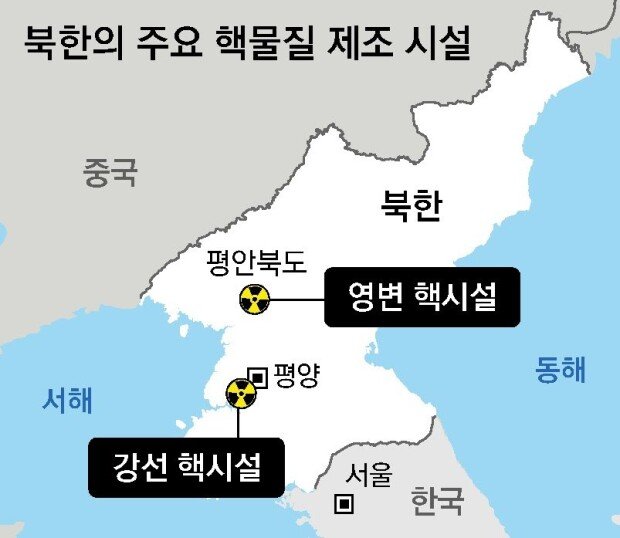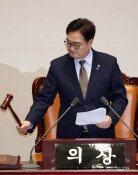N. Korea reveals uranium nuclear facility 'Kangson'
N. Korea reveals uranium nuclear facility 'Kangson'
Posted September. 26, 2024 08:10,
Updated September. 26, 2024 08:10

The South Korean government has reportedly determined that the highly enriched uranium (HEU) production facility first unveiled by North Korea on September 13 is the 'Kangson' nuclear facility located in South Pyongan Province. Earlier, North Korean state media had shown images of the facility, including numerous, closely packed centrifuges, but did not specify the location.
Kangson first came to light after then-U.S. President Donald Trump pointed to it as a hidden nuclear facility during the second U.S.-North Korea summit in Hanoi in 2019. North Korea denied the existence of the site at the time and has kept it under wraps, but it has fully disclosed the facility proactively in a surprise move this time. It is believed that North Korea is trying to raise its stakes in future negotiations with the U.S. by revealing the nuclear facility, which is of high interest to Washington ahead of the November presidential election in the U.S.
“North Korea is believed to have pulled out its trump card by revealing the interior of a nuclear weapons manufacturing facility other than the previously known Yongbyon,” a Seoul government source said Wednesday. From North Korea's perspective, exposing Kangson apart from Yongbyon in North Pyongan Province, which has already been heavily targeted by the US and South Korea, could be a risky option. However, Pyongyang has apparently judged that it urgently needs to showcase its advanced nuclear weapons production capabilities ahead of the U.S. presidential election to help elevate international attention. Earlier, North Korean leader Kim Jong Un toured the facility, which houses centrifuges and other nuclear material production equipment, saying, “This place energizes me when I just look at it.”
The Kangson nuclear facility is located on the southeastern outskirts of Pyongyang. The South Korean government has reportedly been monitoring occasional operations at the uranium enrichment facility. North Korea reportedly has between 10,000 and 12,000 centrifuges at Yongbyon and Kangson alone. That means it can produce eight to 10 nuclear warheads per year.
Kyu-Jin Shin newjin@donga.com







